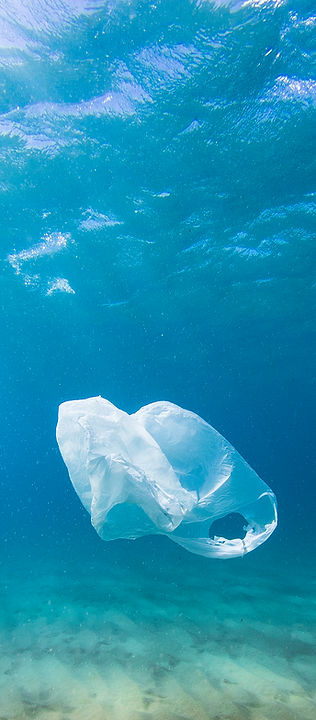
FACTS AND MYTHS
Did you know...

Producing plastic bags, uses 4% of the water needed to make paper bags, and 4 times less energy.

Wrapping a cucumber in plastic extends its shelf life by 14 days.

Wrapping bananas in MAP plastic bags extends their shelf life by 2-3 days.

Plastic packaging extends the shelf life of steak by upto 10 days.

Plastic bags reduce potato waste by two thirds.

Sweden is so good at recycling that it has run out of rubbish and imports 80,000 tonnes a year from Norway.
Why do we use plastic?
To be fit for purpose packaging must protect and preserve. Plastic packaging performs this function particularly well and provides many other advantages for consumers, suppliers and society:

Resource Efficient:
Plastic packaging saves packaging mass, energy and greenhouse gas (GHG) emissions. Without it, we would use 2-3 times more resources.

Safer:
Plastic is shatter resistant, containers do not break when they are dropped or knocked over, this makes them particularly useful for many environments.

Hygienic:
Plastic keeps products free from contamination. This is particularly useful for medical packaging and food. Plastic packaging can be filled and sealed hygienically without any human intervention.

Light Weight: Plastic packaging is lightweight and can take up less space than alternatives, which means lighter loads and lower CO2 emissions released into the atmosphere.

Secure: Plastic can be sealed shut or moulded into a temper evident containers.

Durable: Plastic packaging is so durable you can switch to much thinner alternatives. This means it uses fewer resources and takes up less space and weight.

Versatile: Plastics can be transformed in many different ways. It can be blown, injected or thermoformed. This means it can be used to package almost any form (liquids, pastes etc.) and can be transformed in many different ways.

Recyclable: Plastic packaging can be recycled many times to create new products, the rates of recycling are increasing but we still need to do more in the UK compared to Europe.
Reduced Weight, Reduced Cost...

Plastic components are being used more and more in vehicles, mainly because they help make our vehicles safer. However, because plastic is much lighter than the alternatives (Metal, Glass etc.), it also helps get better miles per gallon when travelling due to the weight saved therefore meaning the engine doesn't have to work as hard to move the vehicle which saves you money and reduces the CO2 released into the atmosphere.
Lower Impact than Paper

While paper products degrade much faster than plastic, they also require a vast amount of natural resources to create. Many trees and significant amounts of water and energy are needed to produce it, also the manufacturing process creates a lot of waste that can be difficult to remove. While plastics also require resources and energy to create it they make up for it by being easier to recycle and having a far longer life.
Great Pacific Garbage Patch (GPGP)

The GPGP covers an estimated surface area of 617,763 square miles or 1.6 million square kilometres. An area twice the size of Texas or three times the size of France. 46% of the GPGP is made up of discarded fishing nets - But little action seems to be taking place in this area, yet only 0.03% of the GPGP is made up of Plastic Straws which have seen a ban across the UK.
The FIVE most polluting countries in the world:

China

Indonesia

The Philippines

Vietnam

Sri Lanka
The TEN most polluting rivers in the world:

Yangtze - East China Sea

Asia Indus - Arabian Sea

Asia Yellow River - Yellow Sea

Asia Hai He - Yellow Sea

Asia Nile - Mediterranean

Africa Ganges - Bay of Bengal

Asia Pearl River - South China Sea

Asia Amur - Sea of Okhotsk

Asia Niger - Gulf of Guinea

Africa Mekong - South China Sea, Asia
Combined, these countries dump more plastic into the oceans than the rest of the world combined.
Which accounts for 60% of the plastic in world seas.
So is Plastic really the problem?... Or is the problem the lack of education, disposal and recycling facilities?
Please contact us for a copy of our "Plastic and the Environment" guide, full of useful insights and information on Plastics, Paper and the Environment.
